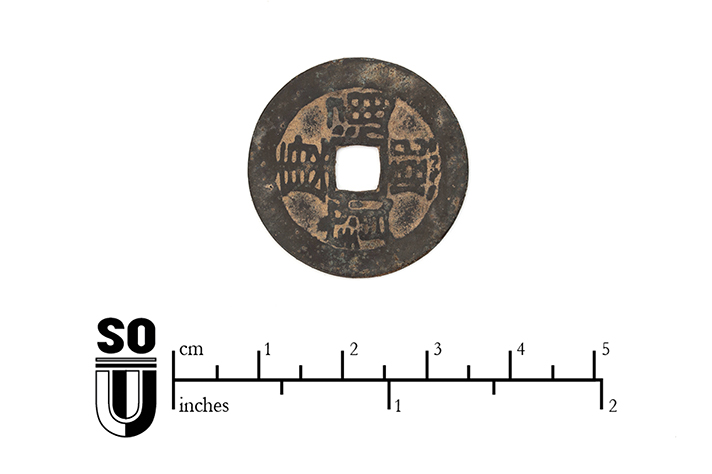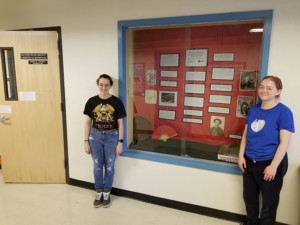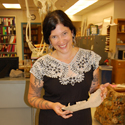Digging Jacksonville – April 2020
To celebrate the Year of the Rat, the Southern Oregon Laboratory of Anthropology (SOULA) is hosting an exhibit on the history of coins used by Chinese immigrants in Oregon. In Chinese culture, the rat is traditionally a sign of wealth, as are coins. In 2013, SOULA excavated areas within the Jacksonville Chinese Quarter. At least 72 individual coins were found at the dig site including U.S. currency, Vietnamese Dong, Chinese Wen, Japanese Mon, and Hong Kong Mil. Asian coins were not used as currency in the U.S. and were instead valued for their uses in other parts of life including gaming, medicine, and traditional culture.
The coins acted as pieces for games like “fan tan,” a game that was very popular among Chinese immigrants in the 19th century. Fan tan is played with small items like coins, beads, or buttons placed under a cup. Four players place bets on how many pieces will remain when the pile is divided by four by the tan kun (a croupier). If there is one coin left after the piles are divided, the player who bet one wins. In the late 1800s, there were many fan tan parlors in U.S. cities; San Francisco alone had fifty. Today, fan tan’s popularity has faded but the game can still be found in some casinos in Macau.
Coins were used in medicine as tools for skin rubbing, called “Gua Sha.” Coins were scraped across the skin in order to stimulate circulation and improve health. Gua Sha is also believed to encourage the flow of chi in the body. This technique is still practiced today and is often used to relieve chronic pain. Coins were also boiled in tea in order to extract minerals, specifically Vietnamese dong because of their high zinc content. Today, zinc is known to aid the immune system and combat the common cold.
Coins were also used for spiritual purposes and served as talismans. For example, coins were often strung together on red string for good luck. These charms were given as gifts to people leaving China. Coin swords were common talismanic items that were intended to defend against ghosts and other forms of evil. These swords were often displayed above beds or doorways to protect homes and businesses. Various household items like sewing baskets and key chains sometimes featured coins as decoration but it is not known whether items like this held talismanic significance or whether the coins were primarily decoration.
Although coins are small and ubiquitous items, they serve many purposes and carry immense meaning in Chinese culture. To learn more about the history of Jacksonville’s Chinese community and the cultural significance of coins, visit SOULA’s exhibit at Southern Oregon University’s Taylor Hall outside of room 230.
Katherine Hardenbergh is a freshman majoring in Economics and a member of the SOU Honors College. Quinn Steele is a freshman Sociology and Anthropology major in the SOU Honors College. You can reach SOULA by contacting Chelsea Rose at rosec@sou.edu and follow SOULA on facebook/Southern Oregon University Laboratory of Anthropology.


 Chelsea Rose is an historical archaeologist who specializes in the settlement and development of the American West. Chelsea and the Southern Oregon University Laboratory of Anthropology (SOULA) conduct archaeology across Oregon and have done several projects in Jacksonville. You can reach Chelsea at rosec@sou.edu and follow SOULA on
Chelsea Rose is an historical archaeologist who specializes in the settlement and development of the American West. Chelsea and the Southern Oregon University Laboratory of Anthropology (SOULA) conduct archaeology across Oregon and have done several projects in Jacksonville. You can reach Chelsea at rosec@sou.edu and follow SOULA on